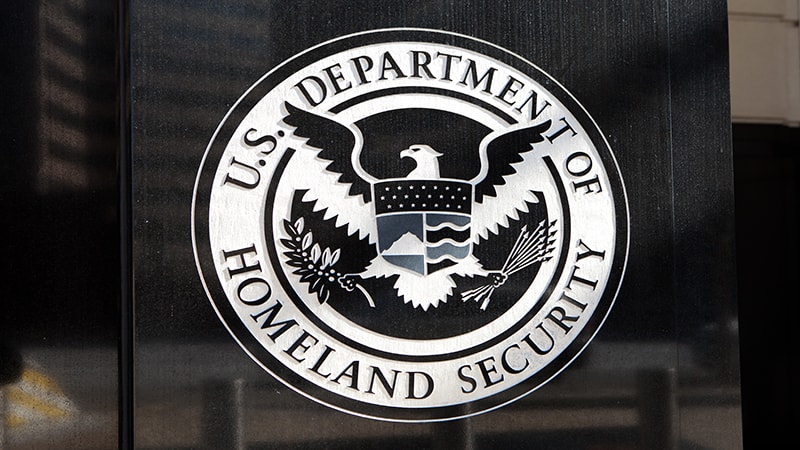
Members of the Senate Homeland Security and Governmental Affairs Committee quizzed the Trump administration’s nominee to head the Department of Homeland Security’s (DHS) Science and Technology Directorate (S&T) about agency reorganization, cybersecurity, and acquisition issues during a generally supportive nomination hearing today.
The nominee, William Bryan, has served as acting under secretary for S&T since May 2017. Before coming to S&T, Bryan served in the military, was director of the Critical Infrastructure Protection unit within the Department of Defense, and was Deputy Assistant Secretary for Infrastructure Security and Energy Restoration within the Department of Energy.
“I believe my operational background and experience working with our national labs provide me the foundation needed to ‘operationalize’ S&T’s R&D to better support the missions of the Department and the nation’s first responders,” said Bryan during his testimony to the committee.
In light of Bryan’s experience as acting head of S&T, senators asked him about the directorate’s ongoing work and his priorities for the operation moving forward.
Sen. Thomas Carper, D-Del., noted the importance of cybersecurity R&D, and asked how Bryan would prioritize that “in order to better protect us and our critical infrastructure.”
“We happen to have a very good relationship with NPPD (National Protection and Programs Directorate). We have shared all of our cyber R&D activities going on within S&T with NPPD. They’re a key partner for us in this business space, and they drive the priorities for us,” responded Bryan.
Sen. Gary Peters, D-Mich., asked Bryan about a pending DHS reauthorization bill that would eliminate the Homeland Security Advanced Research Projects Agency (HSARPA) and shift duties to the office of the Chief Scientist.
“The time that it often takes for a traditional ARPA organization to get to the solution is too long,” he said. “I think the office of the Chief Scientist is going to be a much better and agile fit for us as we focus on a lot more of the tactical issues within the department. It will allow them to look over the horizon to the next advances in machine learning and artificial intelligence and other kinds of things to keep us informed.”
Sen. James Lankford, R-Okla., noted the potential for duplicative technology efforts within DHS, saying that the agency’s Customs and Border Patrol organization owns nonlethal boarding devices that the Coast Guard does not have. “The individuals in the field that need access to those tools don’t need to wait on technology to be developed that another agency already has,” the senator said.
“A big focus of the organization going forward is our tech foraging,” responded Bryan. “I believe that probably 60 to 70 percent of our solutions are already developed. We have to have a mature, robust, systemic way of going out and bringing that technology in.”
“We have sometimes lurched from one technology decision to another, leaving in its wake hundreds of millions of dollars of taxpayers’ money wasted,” said Sen. Claire McCaskill, D-Mo. “I hope you’ll make S&T a partner in improving the technology acquisition process at DHS,” she said.
